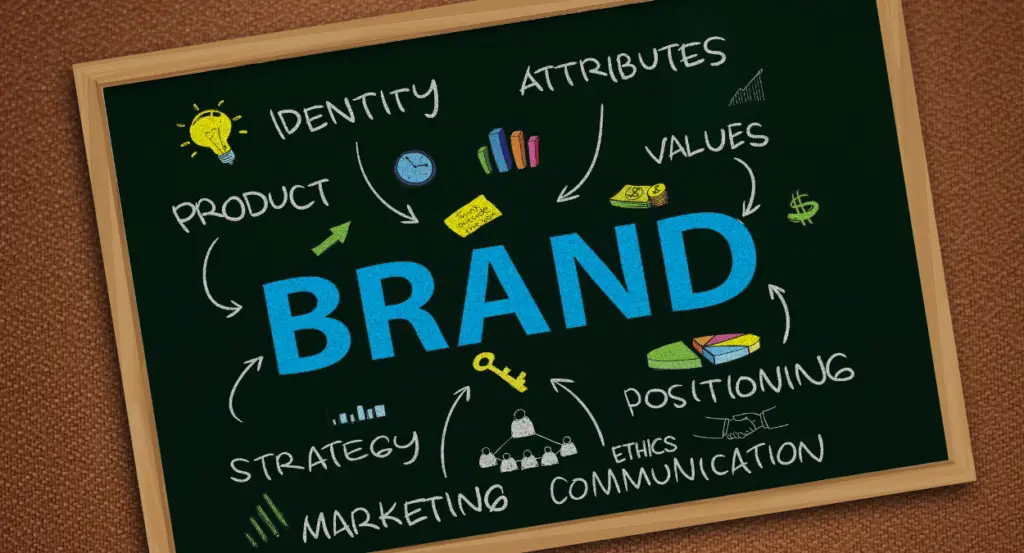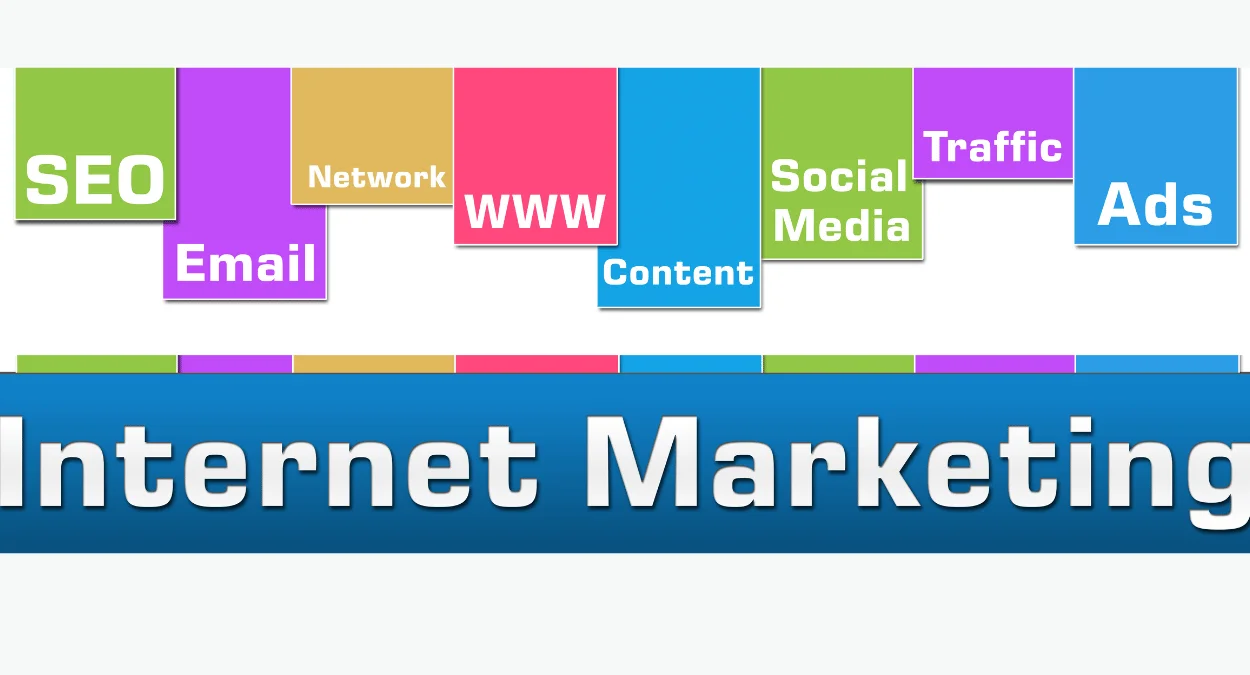Internet Marketing (Part 2), Types of Internet Marketing
Internet marketing, also known as online marketing or digital marketing, is a dynamic and multifaceted approach to promoting products, services, or brands on the internet. It encompasses a wide range of strategies and tactics aimed at reaching a target audience, driving traffic, and ultimately achieving business goals. Internet marketing leverages the power of the internet and various online channels to connect with potential customers, build brand awareness, and drive sales.
Table of Contents
Key components of internet marketing include:
- Website Optimization: Creating and optimizing a user-friendly website is crucial. This involves ensuring that the site is visually appealing, easy to navigate, and optimized for search engines (SEO) to improve its visibility in search results.
- Search Engine Marketing (SEM): This includes paid advertising on search engines, commonly known as Pay-Per-Click (PPC) advertising. Advertisers bid on keywords, and their ads are displayed when users search for those terms.
- Social Media Marketing: Utilizing social media platforms like Facebook, Twitter, Instagram, and LinkedIn to engage with the target audience. Social media marketing involves creating and sharing content, running ads, and building a community around the brand.
- Content Marketing: Creating and distributing valuable, relevant, and consistent content to attract and retain a clearly defined audience. Content marketing can include blog posts, articles, videos, infographics, and more.
- Email Marketing: Sending targeted messages to a group of people via email. Email marketing is effective for building and nurturing relationships with customers, as well as promoting products and services.
- Affiliate Marketing: Partnering with other businesses or individuals (affiliates) who promote your products or services in exchange for a commission for each sale or lead generated through their efforts.
- Influencer Marketing: Collaborating with influencers or individuals with a significant following on social media platforms to promote products or services.
- Online Public Relations (PR): Managing the online reputation of a brand, engaging with online communities, and addressing any negative publicity.
- Analytics and Data Analysis: Utilizing tools and analytics platforms to track and measure the performance of marketing campaigns. This data-driven approach helps marketers understand what works and refine their strategies accordingly.
Internet marketing is a dynamic field that evolves with technological advancements and changes in consumer behavior. Its flexibility and ability to reach a global audience make it an integral part of the overall marketing strategy for businesses of all sizes. Successful internet marketing requires a comprehensive and integrated approach that combines various online channels to achieve the desired objectives.

6. Search Engine Optimization (SEO)
Whenever you search for a topic on Google, Yahoo or MSN, you usually get pages and pages of websites that have the keywords you typed in the search bar.
Have you ever wondered why a particular website is listed first on the results of your search?
The primary reason for this is Search Engine Optimization. Search engine optimization allows a website to become search engine friendly, making it rank higher on search results compared to other websites that have the same keyword contents. Usually, these search engines read and archive sites regularly so that they can be found easily whenever a search is performed by a user. For example, if a user types in “parenting” in the search bar and your website is about the same topic and is optimized properly, your website will appear in the first page of the search results.
Basically, SEO makes your website easier for these search engines to understand. Its goal is to increase your website’s rank in the search results that will in turn bring in more traffic to your site. Remember, the more traffic you get, the more potential for profit you will have.
On-site and off-site factors are the ones that can determine your search engine rankings. On-site factors include your page content and your title heading. Off-site factors like pages that link to your site, words used to link to your page and how long such link has existed also come into play. It is important that you focus on your site’s SEO continuously because if you get good search engine rankings consistently, you will always have free traffic.

7. Pop-up Ads
During your internet surfing time, you probably have come across many of these pop-up ads. These are advertisement windows that appear once you visit a website. Their aim is to generate traffic or simple capture your e-mail address.
Many people have found this internet marketing method quite annoying since it disrupts them from getting information from the website they are viewing.
However, these ads, intrusive as they have been tagged, also have certain advantages. For one, they are much more effective than banner ads.
They pull up a 15% click through rate while the banners only yield a mere 3%. Pop-up ads also are effective and gives a click through percentage of 6.5. Since they are more effective than banner ads, they also cost you a lot more. However, the return on investment with the use of these ads is much higher.
Furthermore, when this ad is the only window on the page, there will be no other images that will conflict with the brand that you are selling. In the recent years though, these advertising methods have become less popular due to the development of pop-up blockers.

8. Banner Ads
A banner ad is basically a graphic, text or an image displayed on websites that aim to promote a company’s product or service. They are actually small HTML codes, but their importance in internet marketing and business is significant. Banner ads vary in sizes and orientation but will often come in rectangular shape and are 486 x 60 pixels high (full banner).
There is actually no universal rule when it comes to banner ad file sizes, but the size will still depend on the website where it will be displayed. These sites impose certain limits to banner sizes since it adds up to the total size of the web page they are displayed on, thereby resulting to more waiting times while the page loads on a browser.
Due to the banner ads’ graphic elements, you may find these ads somehow similar to those you see in printed media such as magazines and newspapers.
However, these banner ads have the ability to direct the user to the advertiser’s main web page. If you are interested in displaying or posting a banner on a certain website, you can arrange with the publisher to have your banner posted or pay a banner network to post the ad on a number of websites.
You may also arrange with the publisher to simply display their ads on your site in exchange for them displaying your banner ads.

9. Social Media Marketing
Social media marketing is basically the process of marketing your business through social media portals such as Facebook, YouTube and Twitter. This allows for businesses to have a more personal and dynamic interaction and connection with their clients and potential customers. Strategies in social media marketing can be as simple as maintaining a blog, a Facebook or Twitter account or attaching “tweet this” icons to the end of your articles or ads. It can also be as complex as having a full campaign that includes blogging, social networking, tweeting and spreading viral videos.
As marketing is the process of informing consumers what your business is, who you are and what your products are, social media further helps in introducing your business to a global network of possible customers.
The use of social media to prove a business’ identity and to create business relationships with people who do not have the chance be aware of your products and services is a highly recommended option in internet marketing.
Moreover, it is an avenue that can be accessed by anyone who has an internet connection and is an inexpensive way to implement your marketing strategies and business campaigns.

10. Mobile Marketing
Mobile marketing has been a concept that has attained various definitions. It is primarily described to be the marketing strategy that makes use of mobile media to communicate with a target market. Recently a more updated definition was given by the Mobile Marketing Association, saying that mobile marketing is actually a combination of practices that gives organizations the ability to engage, communicate and interact with their audience through a mobile device or network.
The most popular mobile device used for this is a cell-phone. To use this medium, you will need to set up a short code and have your customers register to receive your SMS or text messages. Mobile optimization will also make sure that your website is displayed correctly on a mobile phone browser.
Search engine optimization has undergone many changes that made internet marketers become more interested in the mobile version of changes that made internet marketers become more interested in the mobile version of their optimized websites compared to the traditional website optimization.
Most mobile phones today have internet access or wireless capabilities. These devices have provided more flexibility on both the business and consumer’s ends in terms of receiving and sending data related to the products or services which a company offers.
The most typical types of mobile marketing include the use of MMS or Multimedia Messaging Service, Bluetooth technology, Infrared and Mobile Internet. Marketing through a mobile device is now a trend in many developed countries where almost everyone has a mobile phone.
This is also a more cost-effective method of promoting your business and is much easier for most age groups to understand.
More time is now spent online with the use of these devices, making your business available to consumers who are always on the go and would still want to receive updates from your end. In MMS mobile marketing, a slideshow of text and images that may include a video or audio is a perfect way to capture a potential customer’s attention effectively. The ad is delivered via MMS.
The use of Bluetooth technology in marketing makes use of radio-based frequencies to transfer data at higher speeds. Infrared, on the other hand, is a bit limited, as its frequency range only reaches as far as 1 meter. Mobile marketing is a new way to ensure customer awareness and boost your sales. With all the new smartphones, tablets, and modern mobile devices, mobile marketing is destined to progress in the years to come.
All the major internet marketing methods have been discussed in detail in this guide. It is now up to you to choose which one you prefer, however, remember the things that you need to have to succeed – good research, a positive mindset, and attitude, diligence, patience, and focus. All the best.




